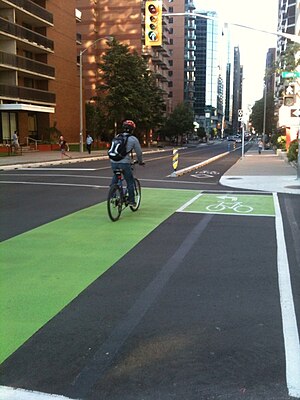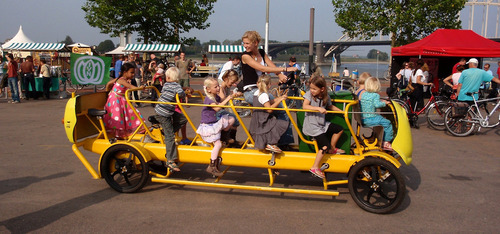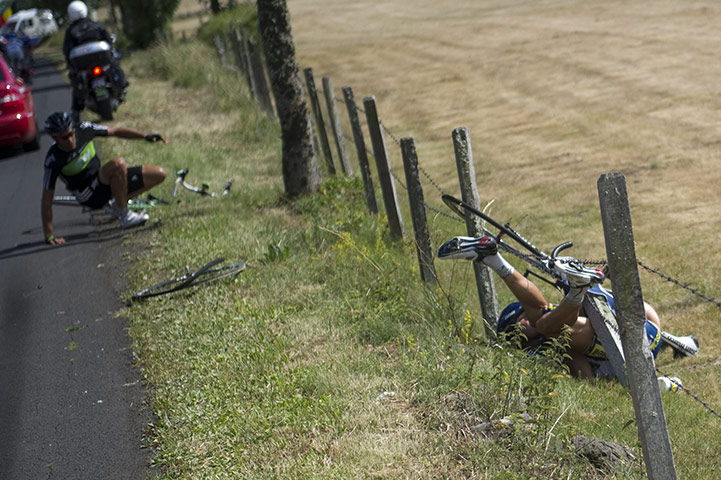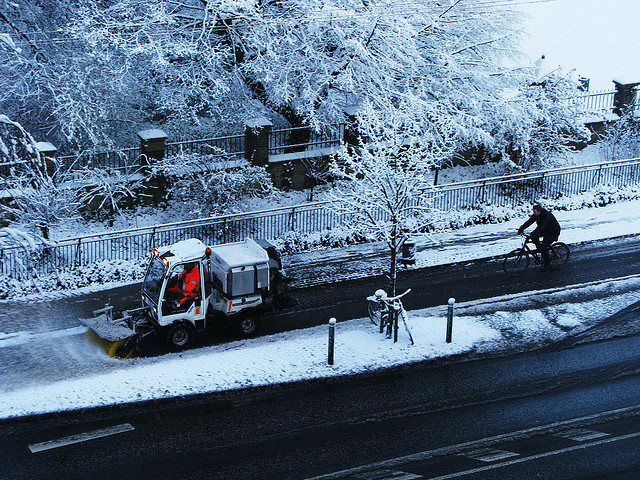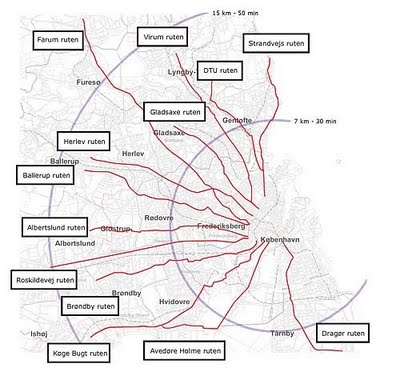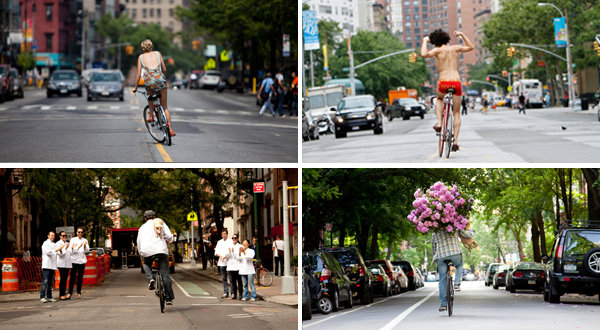Job Alert: 2013 East of the River Program Associate – Washington (DC) Area Bicyclist Association (WABA)
The Washington Area Bicyclist Association is looking for a dedicated, self-motivated lover of bicycling to assist in planning and executing major components of our East of the River 2013 Bicycle Outreach Initiative. This is an expansion of our successful 2012 program and includes distribution of community engagement and outreach materials and organization of educational offerings, bicycle repair clinics, bike rides, and community events. The project area is the District of Columbia east of the Anacostia River, with specific emphasis on the Congress Heights, Anacostia, and St. Elizabeths areas.
The East of the River Program Associate will have primary day-to-day responsibility for delivery of bicycling outreach through one-on-one, grassroots community engagement, and will be responsible for coordinating logistics of numerous outreach events to communicate to community members the value of bicycling as a viable form of affordable, healthy, sustainable transportation.

Image Courtesy: Anacostia Yogi – http://www.anacostiayoga.com
This position is grant-funded and is anticipated to run through mid-August 2013. The ideal candidate will be highly motivated, committed to getting more people on bikes, a strong communicator, knowledgeable about the community to be served, and organized. Hours are flexible, but weekend work will be required. The majority of work will be outdoors likely involving bicycling, interacting with the public, or at outdoor community events, but the associate will also be responsible for planning and preparing reports for supervisors and funders.
The associate will report directly to the WABA outreach coordinator and will be directed by WABA program staff. This will afford the associate the opportunity to learn from professionals in the fields of event planning, community planning, grassroots organizing, online activism, and outreach.
The ideal candidate will have:
- A strong commitment to WABA’s mission, growing bicycling as transportation
- Excellent writing, presentation, and public-speaking skills
- A flexible schedule and willingness to work evenings and weekends as needed
- The ability to organize time wisely and multi-task in a relaxed and fun, but demanding, environment
- Experience with Microsoft Office
Benefits include a flexible schedule, vacation, and sick and personal leave. Compensation is $15 an hour. This position is part-time, about 20 to 25 hours per week.
Apply
Send a cover letter describing why you are the best candidate for this job, along with a resume, to jobs@waba.org. No phone calls, please. The position is available immediately, and applications will be accepted until the position is filled.
WABA is committed to providing equal employment opportunity for all persons regardless of race, color, religion, national origin, marital status, political affiliation, sexual orientation or gender identity, disability, sex, or age.
About the Washington Area Bicyclist Association
Making bicycling better through advocacy and education, the Washington Area Bicyclist Association promotes biking as a healthy, low-cost, and environmentally friendly form of transportation and recreation. With 4,000 members region-wide, WABA serves bicyclists throughout the Washington, D.C. metropolitan area, including the District of Columbia and parts of Maryland and Virginia.


